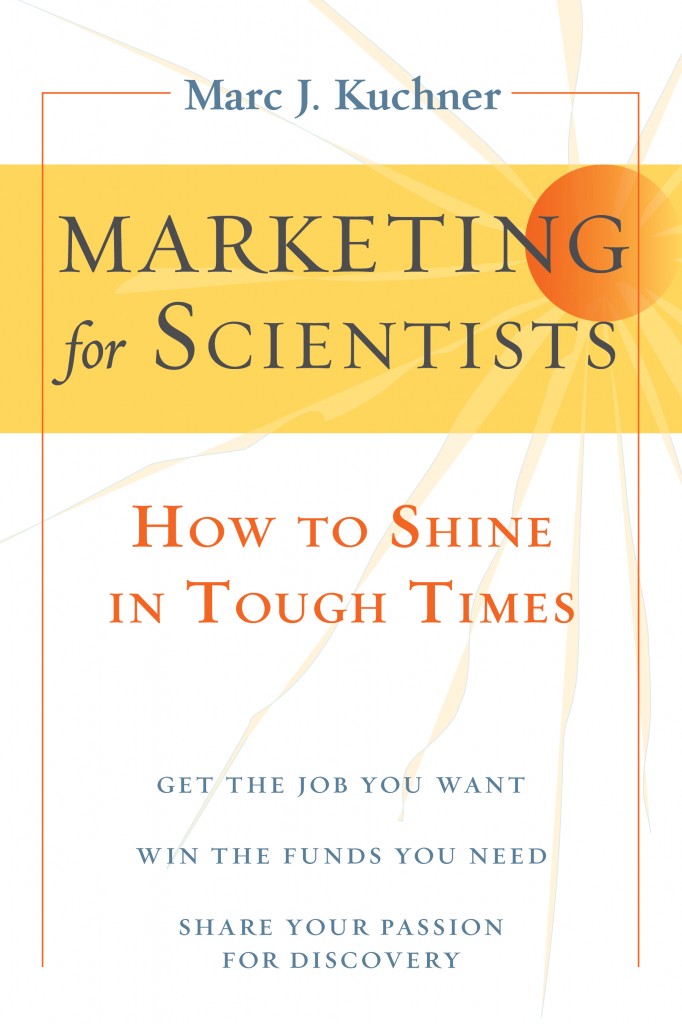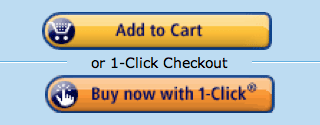I’ve never been very good at asking for things or telling people to do things. The other kids were better at it. Can I have the big one? Gimme gimme! That was never my style, and I bet it wasn’t yours.
 Now, as a grown up and as a scientist I must regularly ask for things. Often, when I ask for something from my colleagues it’s in the form of a proposal–a formal document. My request is indirect. It sounds something like this: “I propose to apply this new class of models to the archived data. Please see the attached budget.” I generally wouldn’t think of walking up to my colleagues or my scientific customers and commanding them to something. It seems disrespectful.
Now, as a grown up and as a scientist I must regularly ask for things. Often, when I ask for something from my colleagues it’s in the form of a proposal–a formal document. My request is indirect. It sounds something like this: “I propose to apply this new class of models to the archived data. Please see the attached budget.” I generally wouldn’t think of walking up to my colleagues or my scientific customers and commanding them to something. It seems disrespectful.
Call us! 1 800 I FLY SWA
Buy the new Paperback edition. Click here!
Come in! We’re open.
It may feel awkward. But if you were really excited about something and you want to tell your friends about it, you might take this eager tone. And your friends won’t mind one bit. Here are some examples of how a scientist might use this approach.
People! Go look at this image from the Hubble Space Telescope!
Really you’re still programming in IDL? Stop typing right now and read this book about Python.
Click here to send me an email and start a productive collaboration that will change your life.
This approach works on Twitter. Noted Twittter analyst Dan Zarella found that tweets containing the words “Please Help” and “Please Retweet” garnered roughly twice as many retweets as typical tweets. It stands to reason, right? In Twitter’s own analysis, the most effective calls to action ask for a retweet, a follow, or a download.
A call to action works on a webpage. There is a cornucopia of blog posts online about how to sell something online using a call to action, usually in the form of a button that you click to download something, start a video, enter a credit card, etc. Here’s a long pdf with, 101 examples of webpages using calls to action. Amazon.com is a classic example. “Buy now with 1-click”.
What do you hope to achieve with your scientific webpage? I use my webpage to entice colleagues to collaborate with me! So the call to action on my webpage is to “Download ZODIPIC” a little piece of scientific software that I wrote that hope my colleagues will use (and ultimately be somewhat grateful for). I think every scientific press release should end in a call to action. To learn more about the California condor, join the CondorWatch citizen science project.
A clever, direct call to action even works in person or in a personal email. When you have to ask someone for a favor, do you ever find yourself stalling or beating around the bush? Then ending with a timid, “Would you mind possibly…?” This article in Lifehacker shows some great examples of how people asked for favors with shocking directness, and got what they asked for.
Sure you don’t want everything that comes from your mouth or your Twitter feed to be a call to action. If you cry wolf, you’ll dilute the urgency of your message. But don’t miss out on this simple marketing trick. Think of something science-y you want your audience to do because, by golly, it’s awesome. And go tell them to do it.



